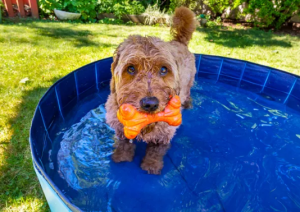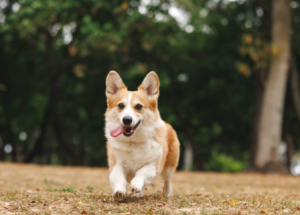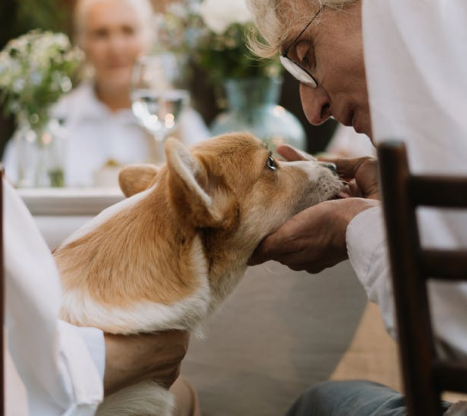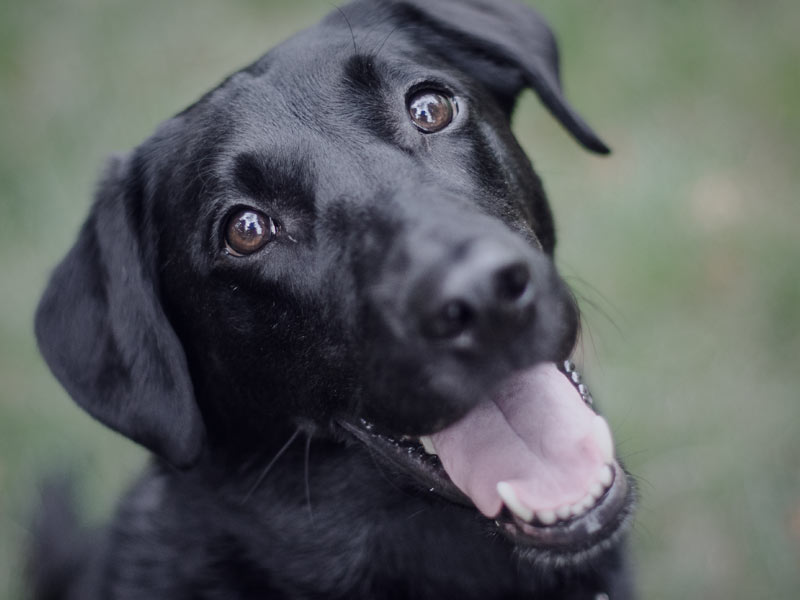
How Much Water Does an Adult Cat Need to Drink?
06/03/2024
Tips for bathing and cleaning your cat at home
06/13/20247 Summer Safety Tips for Dogs
Summer is a great time of year for you and your dog to enjoy and explore the outdoors. Longer days mean more time for picnics and barbecues, beach or lake trips, hiking, camping, and trips to dog parks.

Don't forget to stay safe this summer when you and your puppy are soaking up the sun. Follow these tips to ensure your dog stays cool, hydrated, and protected from overheating, paw pad burns, sunburn, and other summer hazards.
Terrible to Hold
Never underestimate the heat of summer. A day that is reasonably warm for humans can be too hot for dogs, especially those with heavy fur coats. Never leave your dog in a parked car. Even if we feel the temperature is cold, the temperature inside the car can quickly soar to deadly levels.
Outside, provide your dog with shade and plenty of cool fresh water. A children's pool or dog pool is a great way for your dog to cool off in your backyard, just make sure the water level is very shallow for small dogs and puppies, and don't leave your dog unattended around the pool. Fresh water should be replenished every time they swim because it can make them sick if they drink stale stale water. If it's too hot outside, keep your dog indoors with the air conditioner on, use a fan to circulate air and cool the house, and always make sure they have plenty of fresh drinking water.
Stay Hydrated
Indoors and outdoors, provide your dog with plenty of fresh water. Encourage them to drink enough water, season it with a little unsalted chicken broth (without onions and garlic), or throw some ice cubes in a bowl to cool the water.
Exercise at Dawn and Dusk
How hot is too hot for a dog? When the temperature rises, don't exercise your dog in hot weather. Walking in high temperatures, especially running, increases a dog's chances of heat stroke or heat exhaustion, and hot pavements can burn their sensitive paw pads. Schedule walks and other exercise at dawn or dusk when temperatures are cooler, and stick to indoor activities or water play during the hottest times of the day.

Watch for Signs of Heat Stroke
Heat stroke occurs when a dog's body temperature rises to a dangerous level and the dog is unable to cool down on its own. Know the signs of heat stroke in your dog so that you can act quickly to help your dog. Heat stroke is an extreme medical emergency. Signs of heat stroke include:
- Gasping for air violently
- The gums or tongue are dark red
- Thick saliva
- The tongue sticks out far out of the mouth
- Sticking
- Weakness or dizziness
- Vomiting and/or diarrhea
- Tremors or seizures
- Collapse or loss of consciousness
If you suspect your dog is suffering from heat stroke, move them to a shaded place with a fan or air conditioner and provide cool water. You can wet their bodies by pouring cold water on them, but don't submerge their bodies in the water. As soon as they get wet, point a fan at them to speed up the cooling process and immediately go to the vet.
Provides Sun Protection
You may be surprised to learn that even dogs with that much fur can get sunburned. The most vulnerable areas are the nose, ears, and face, where hair is often thin. Dogs with white fur and very thin fur are also more susceptible to sunburn. To protect your dog's delicate skin, apply a dog-safe sunscreen before prolonged sun exposure and reapply as directed on the product packaging.

Consider Water Safety
Most dogs can swim, but some breeds are not as capable of swimming as others. Brachycephalic breeds such as pit bulls, French pit bulls, and pugs can struggle in the water. If your dog's swimming skills aren't very good, consider using a dog life jacket when you're poolside, beach, or lake, or when taking them in a dog kayak when you're out.
When playing at the beach, keep an eye on your dog to make sure they can handle the waves well and watch for signs of exhaustion. Some dogs have so much fun that they don't want to stop and rest, and the combination of exhaustion with strong waves or countercurrents can be dangerous.
Don't let your dog drink too much seawater as this can make them sick. Salt poisoning occurs when dogs drink too much salt water. Bring fresh water for your dog to drink, and if they can't stop drinking seawater, take them home.
In the backyard pool, teach your dog how to enter the pool safely and make sure your dog knows how to find the stairs to exit. Don't let your dog drink too much chlorinated pool water, which can upset their stomach. Never let your dog unattended in the pool; Make sure you have a locked door to keep your dog separate from the pool area when you're not watching.
Protect the Claws
A dog's paw pads are hard, but if a dog walks on a hot sidewalk, cement, or sand, their paw pads can get burned. On very hot days, it is best to walk your dog at dawn and dusk, before the temperature soars. Test your dog with your hands or your own feet before letting your dog walk on hot ground. If it's too hot for you, it's too hot for your dog. If your dog has to walk on hot ground, protect their paws with dog boots and try to find a shady place to walk.



